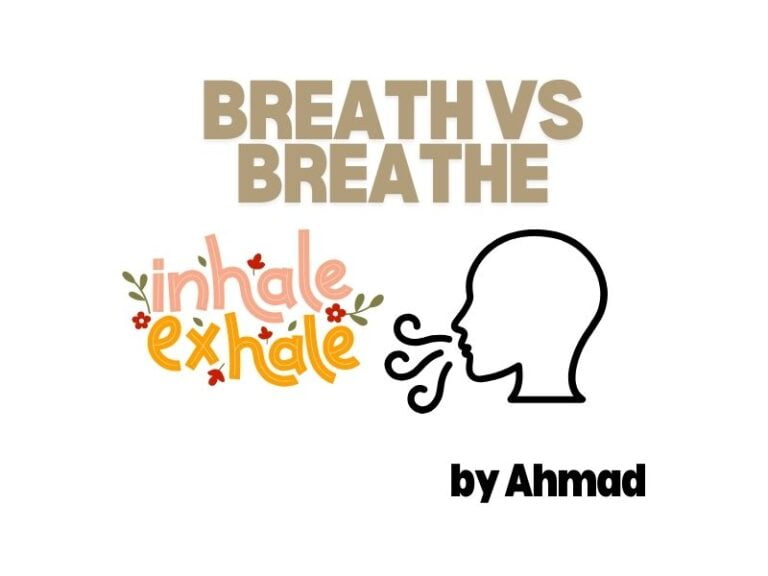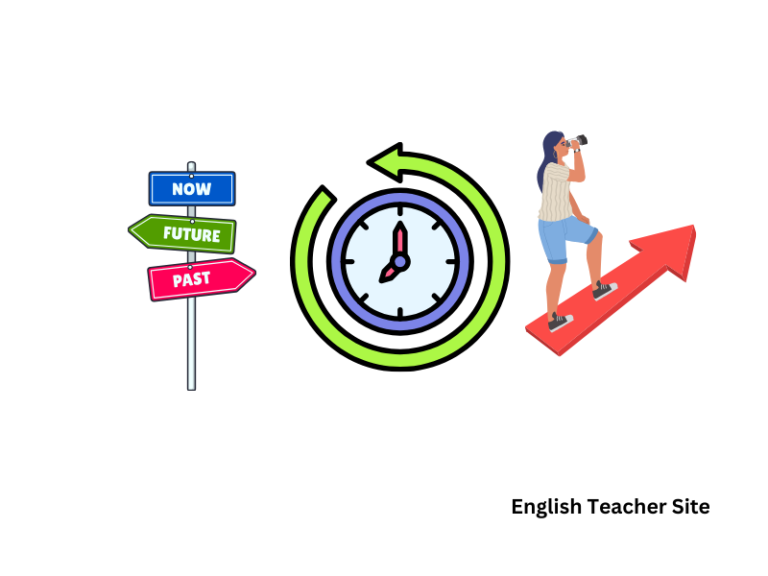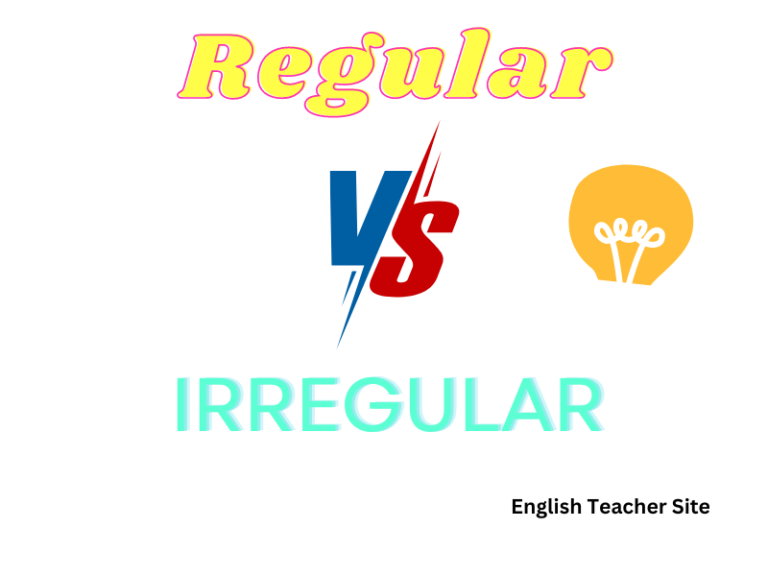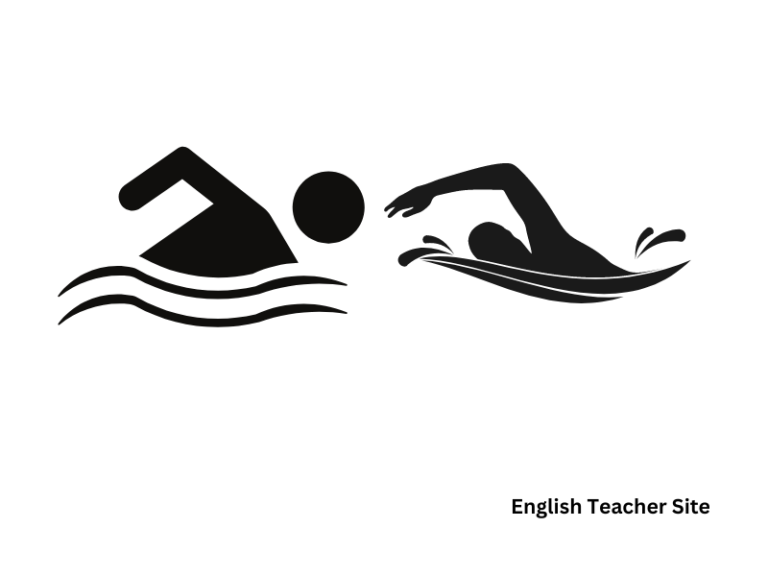Unlocking the Past Tense of Shake You Need to Know
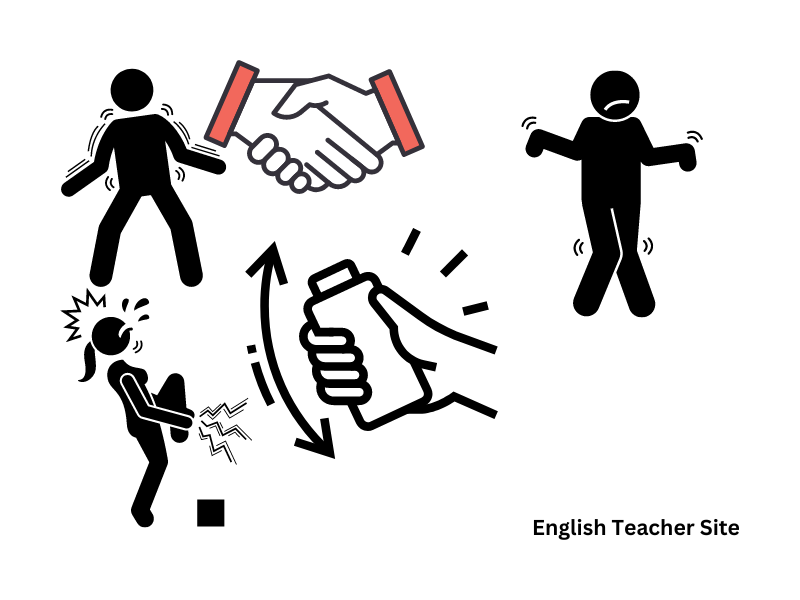
Understanding the Past Tense of Shake
The past tense of shake often trips up both native speakers and learners of English. While “shake” is a commonly used verb, its irregular conjugation complicates matters. Understanding how and when to use these forms is essential for clear and accurate communication. Whether you’re writing or speaking, knowing when to use “shook” versus “shaken” can make a significant difference in your fluency.
The Correct Past Tense Forms of Shake: Shook and Shaken
What Is the Simple Past Tense Form of Shake?
The simple past tense of “shake” is “shook.” This form is used when describing an action that was completed in the past. For instance, “I shook the bottle to mix the contents.” It’s important to note that “shook” is used in statements referring to something that happened at a specific point in time or in a sequence of events.
Understanding the Past Participle Form: Shaken
On the other hand, the past participle form of “shake” is “shaken.” The past participle is used in combination with auxiliary verbs like “have,” “has,” or “had” to form perfect tenses. For example, “I have shaken the bottle already” or “She had shaken the tree before we arrived.” The past participle is essential in indicating actions that were completed before a certain point in time, or actions that have relevance to the present moment.
When to Use Shook vs. Shaken in Sentences
The distinction between “shook” and “shaken” primarily depends on the grammatical structure of the sentence. “Shook” is used for simple past tense situations where the action has already happened. “Shaken,” as a past participle, is paired with auxiliary verbs to express a more complex aspect of the action. For example, “He shook the tree” (simple past) versus “The tree has been shaken by the wind” (perfect tense).
The Role of Irregular Verbs and Why Shake Doesn’t Follow the -ed Rule
What Makes Shake an Irregular Verb?
“Shake” is categorized as an irregular verb because it doesn’t follow the standard “-ed” rule for forming the past tense. Irregular verbs are verbs that undergo a vowel change or other transformations in their conjugation, rather than simply adding an “-ed” suffix to the root verb. In the case of “shake,” the vowel changes from “a” to “o” in the simple past (“shook”) and retains a unique form in the past participle (“shaken”).
How Irregular Verbs Differ from Regular Ones
Regular verbs are predictable; you can form their past tense by adding “-ed” to the base verb. For example, “talk” becomes “talked,” and “jump” becomes “jumped.” Irregular verbs, however, do not follow this pattern, making them more challenging for learners. They can change in different ways: some may change vowels (like “speak” becoming “spoke”), some may remain the same in all tenses (like “put”), and others, like “shake,” undergo distinct alterations in different forms.

Examples of Shake in the Past Tense: Shook and Shaken in Action
Everyday Examples Using Shook and Shaken
In everyday situations, the difference between “shook” and “shaken” is crucial for conveying the correct time frame of actions. For instance, “I shook the bottle” indicates that the action was completed in the past. “The bottle has been shaken” implies that the shaking occurred at some point before the present and has relevance now. Recognizing these subtleties helps ensure clear and effective communication.
How to Use Shook in Simple Past Tense Sentences
“Shook” is used when referring to a completed action that happened in the past. For example, “She shook the rug to remove the dust.” It’s a straightforward expression of something done at a specific time or in a sequence.
Correctly Applying Shaken in Perfect Tenses
The past participle form “shaken” is used with auxiliary verbs to describe an action that has relevance to the present or that was completed before another event. For instance, “He had shaken the tree before the storm started” (past perfect) or “I have shaken the bottle twice already” (present perfect). The use of “shaken” in these cases suggests an ongoing or completed action that has significance to the current context.
Tips for Mastering the Past Tense Forms of Shake
Memory Tricks to Remember When to Use Shook and Shaken
A simple way to remember when to use “shook” versus “shaken” is to think of “shook” as something that happened in the past and “shaken” as something that involves the present or past perfect tense. You could also create associations with physical movement—”shook” represents a past motion, and “shaken” is an action that has an impact on the present.
Practice Exercises for Both Shook and Shaken
Practice is key to mastering the past tense forms. Try completing sentences with the correct form of “shake” in different tenses. For example, “He ____ the bottle yesterday” (shook) or “The bottle has been ____ many times” (shaken). Consistent practice will reinforce the correct usage in various contexts.
Clarifying Confusion: Shook vs. Shaken in Common English Phrases
Common Phrases Where Shook and Shaken Are Used
Phrases like “shaken up” or “shook hands” are commonly used, but it’s important to know when to use “shook” or “shaken” correctly in these expressions. For example, “I shook hands with her yesterday” versus “I have been shaken up by the news.”
How to Identify When to Use Each Form in Conversation
Context is key when deciding whether to use “shook” or “shaken.” If you’re referring to a completed action at a specific time, use “shook.” If the action is linked to the present moment or is in the perfect tense, use “shaken.”
Conclusion
The past tense forms of “shake”—”shook” and “shaken”—are essential to mastering English grammar. By understanding when and how to use each form, speakers and writers can express themselves more clearly and effectively. With consistent practice, recognizing the appropriate usage of “shook” and “shaken” becomes second nature, elevating one’s language proficiency and enhancing communication.
Source
Definition of shake from the Collins English Dictionary
My name is Khamis Maiouf. I am the creator of the English Teacher Site, dedicated to providing valuable resources and insights for students around the world. With a passion for education and a commitment to helping students enhance their skills, I aim to make English teaching more effective and enjoyable for both educators and students.

